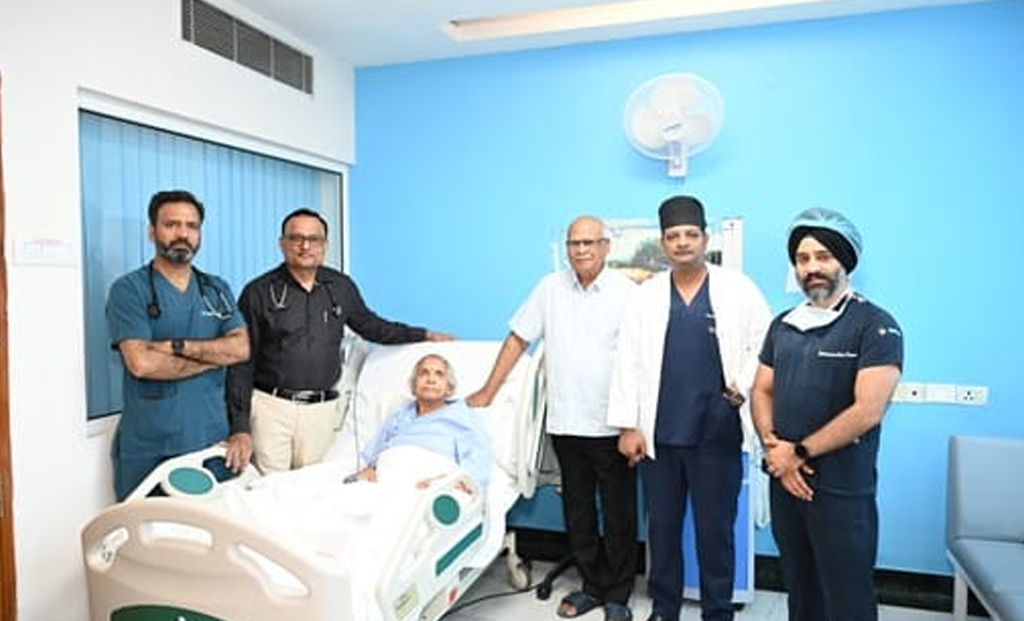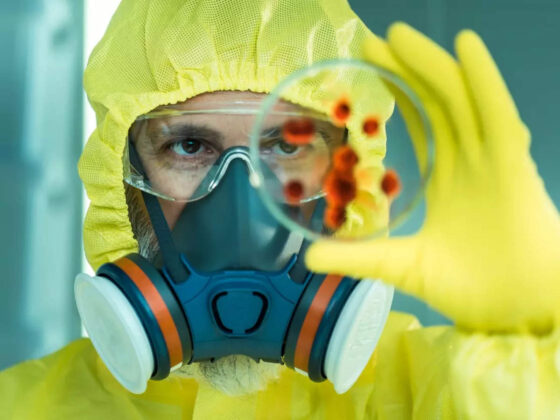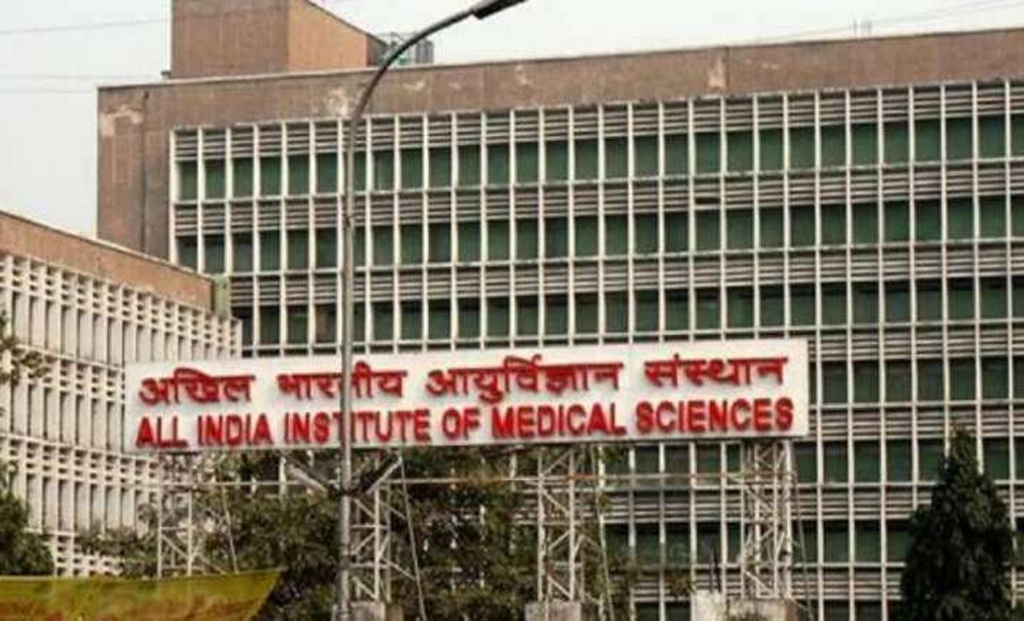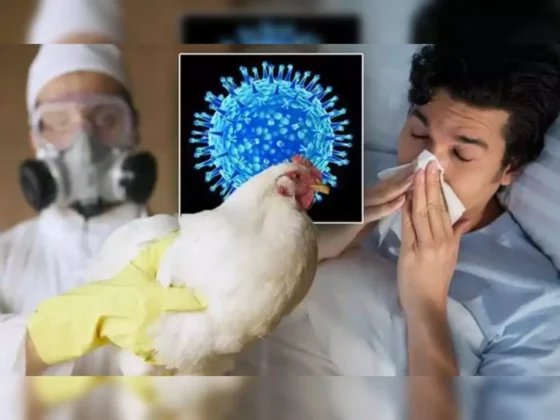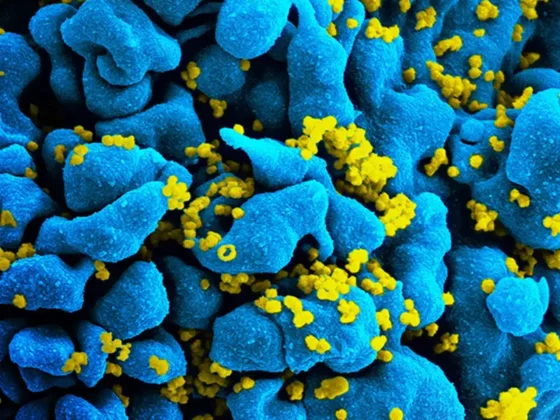The monsoon season brings with it a surge in diseases such as dengue, typhoid, malaria, and jaundice. Among these, dengue can sometimes reach epidemic proportions, according to Dr. Tushar Tayal, consultant of Internal Medicine at C K Birla Hospital in Gurugram.
Dengue is a viral disease transmitted through the bite of an infected mosquito known as Aedes aegypti. The disease manifests in humans approximately five to six days after being bitten by an infected female mosquito, which feeds both indoors and outdoors during daylight hours, from dawn to dusk, as explained by Dr. Tayal.
These mosquitoes thrive in areas with stagnant water, such as puddles, water tanks, containers, and old tires. Dengue occurs in two forms: classical dengue fever, also known as “break-bone” fever, and dengue hemorrhagic fever (DHF), which is life-threatening. It is highly contagious and spreads from person to person through mosquito bites, warned Dr. Tayal.
A few common symptoms of dengue are severe headaches, muscle pain
The infection is characterized by flu-like symptoms, including sudden high-grade fever occurring in separate waves, pain behind the eyes, muscles, joints, and bones, severe headache, abdominal fullness and discomfort, and a skin rash with red spots appearing by the fifth day of illness, explained Dr. Tayal.
Dr. Tayal provided a list of warning signs for severe cases, including severe abdominal pain and swelling, multiple episodes of vomiting, bleeding from the nose or gums, vomiting blood, blood in the stool, and altered consciousness level. Patients exhibiting symptoms suggestive of DHF should be promptly hospitalized, emphasized Dr. Tayal, adding that dengue-related complications typically arise 24-48 hours after the fever subsides.
New Study Reveals Gut Bacteria’s Connection To Heart Attacks | ALSO READ
Diagnosis and treatment of dengue rely on early detection and appropriate supportive care, as there are currently no specific antiviral therapies available. According to Dr. Tayal, treatment involves supportive care at home, including the use of paracetamol for fever, antiemetics for nausea, and adequate fluid intake. Hydration is a crucial aspect of treatment, stressed Dr. Tayal.
Preventing dengue requires the elimination of mosquito breeding sites, the use of protective clothing, and the implementation of mosquito control measures, advised Dr. Lalcheta.
Dr. Tayal provided preventive measures, including the use of repellents containing 20-30 percent DEET or 20 percent Picaridin on exposed skin, wearing long-sleeved breathable garments in neutral colors (beige, light grey), removing water containers around dwellings, and ensuring the proper functioning of door and window screens. Following basic precautions and seeking timely medical advice can help avoid unnecessary hospitalization and complications.



